- Empty cart.
- Continue Shopping
Thazhuthama (Punarnava)
Original price was: ₹168.00.₹98.00Current price is: ₹98.00.
Genus : Boerjavia
“The Thazhuthama Plant, also known as Sida rhombifolia, is a traditional medicinal herb with a range of health benefits. Its attractive leaves and small yellow flowers make it an appealing addition to any garden. Explore its uses, care tips, and how Thazhuthama Plant can contribute to your well-being.”
Punarnava, also known as “Boerhavia diffusa,” is a plant species that belongs to the Nyctaginaceae family. It is native to India and is found in other parts of Asia, Africa, and South America.
The plant is a perennial herb that can grow up to 1 meter tall, with a thick root that can reach a length of up to 1.5 meters. Its leaves are small, green, and oval in shape, with a smooth texture.
The flowers of Punarnava are small and pink or white in color, with a diameter of around 3-5 mm. They are arranged in small clusters that are borne on the branches of the plant. The plant typically flowers from June to October.
The fruit of Punarnava is a small, flattened, and winged capsule that contains numerous seeds.
Punarnava is used in traditional Ayurvedic medicine to treat a variety of ailments, such as edema, liver disorders, and urinary tract infections. The plant is believed to have various therapeutic properties, such as diuretic, anti-inflammatory, and hepatoprotective properties. The root of the plant is used in the preparation of various herbal medicines.
In addition to its medicinal uses, Punarnava is also used as a vegetable in some parts of India. The leaves and tender stems of the plant are cooked and consumed as a vegetable.
Punarnava is a valuable plant species that has been used for various purposes for centuries in South Asia. Its potential health benefits make it a popular choice for traditional medicine, and its use as a vegetable demonstrates its importance as a food source.


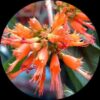
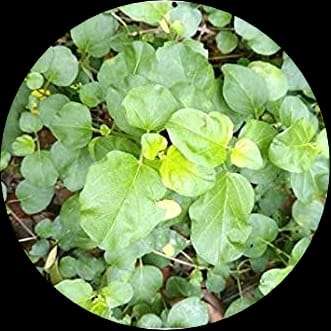
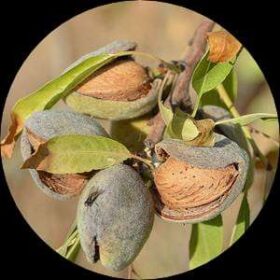
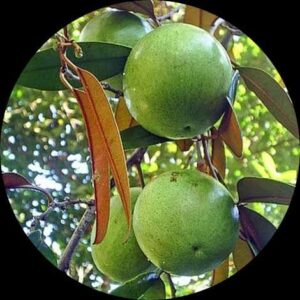
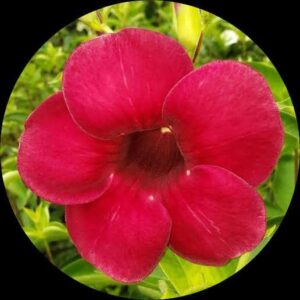

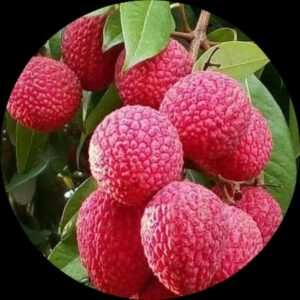

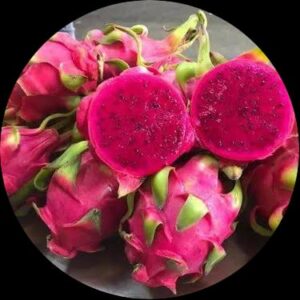
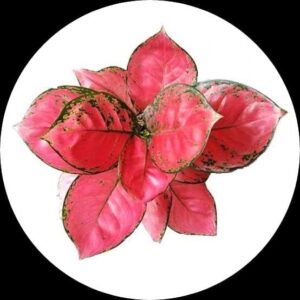
Reviews
There are no reviews yet.